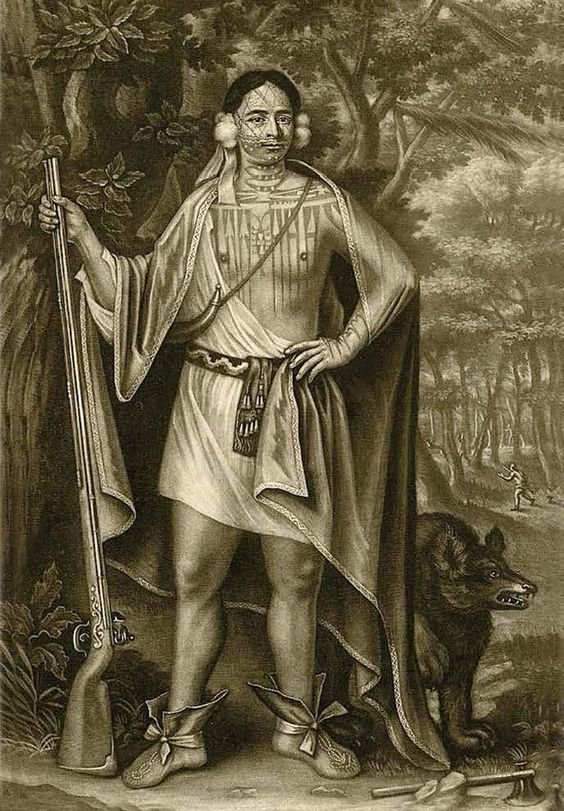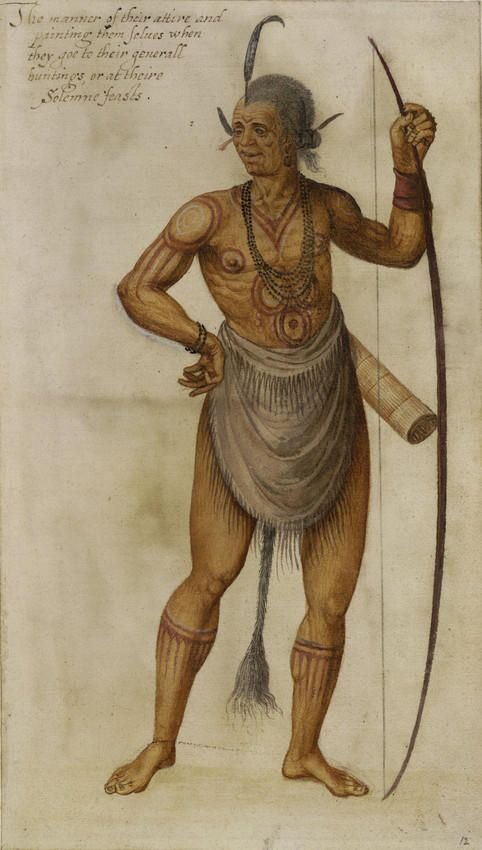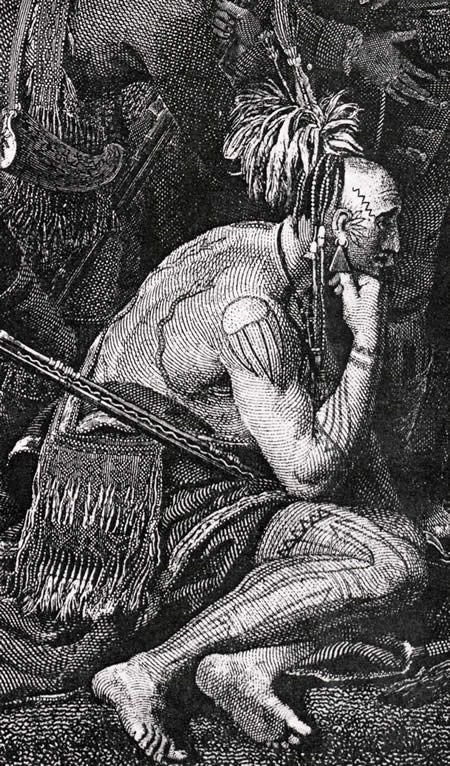Tattooing in Native American Cultures: Exploring the Rich Traditions and Sacred Meanings

Tattooing has a deeply rooted history in Native American cultures, spanning the vast and diverse expanse of North and South America. The practice of tattooing among indigenous tribes is not merely a form of body art but a profound tradition holding spiritual, cultural, and ceremonial significance. In this blog post, we embark on a comprehensive journey to explore the captivating world of tattooing in Native American cultures, delving into the various tattooing practices and designs, and uncovering the sacred meanings behind these ancient art forms.

1. The Origins of Native American Tattooing
Tattooing in Native American cultures traces its origins back thousands of years, with evidence of its practice found in archaeological remains and historical records. Different tribes had their unique tattooing techniques, often passed down through generations, reflecting their distinct identities and worldviews.
Tattoos held multifaceted roles in Native American societies, ranging from rites of passage to markers of social status, tribal affiliations, and spiritual connections. They served as living symbols, preserving cultural heritage, and bridging the gap between past, present, and future.

2. Diverse Tattooing Practices
Native American tattooing practices were as diverse as the numerous tribes that inhabited the Americas. Each tribe had its specific methods, tools, and designs, reflecting their cultural beliefs and geographical influences.
a. Hand-Poked Tattoos: Many Native American tribes utilized hand-poked tattooing techniques, where needles crafted from bone, cactus spines, or natural materials were dipped in pigments and manually inserted into the skin. This intricate process required skilled tattoo artists who played an essential role in the spiritual and ceremonial aspects of the tattoos.
b. Skin Stitching: Some tribes, particularly in the Arctic regions, practiced skin stitching, a form of tattooing where designs were sewn into the skin using animal sinew or plant fibers. This technique allowed for intricate and detailed patterns that held great significance in their communities.
c. Ritualistic Tattooing: Tattooing in Native American cultures often had strong spiritual connections, and many tattoos were earned through ritualistic ceremonies. For example, during coming-of-age ceremonies, young members of the tribe would receive tattoos as a symbol of their transition to adulthood and their integration into the community as responsible members.

3. Spiritual Significance of Native American Tattoos
Spiritual beliefs were central to the tattooing practices of Native American tribes. Tattoos were not only seen as artistic expressions but as a means to connect with the spiritual realm, ancestors, and the natural world.
a. Protection and Spirituality: Tattoos were believed to offer protection, both physically and spiritually. Symbols and designs were chosen based on their spiritual significance, often serving as talismans to shield the wearer from harm and malevolent spirits.
b. Ancestral Connections: Tattoos were a way to honor ancestors and forge connections with their wisdom and guidance. Designs representing ancestral spirits acted as a conduit between the living and the deceased, fostering a sense of continuity and reverence for those who came before.
c. Nature and the Elements: Native American tattoos often incorporated symbols from the natural world, such as animals, plants, and celestial bodies. These connections with nature reflected the tribe’s reliance on the environment and their profound respect for the Earth and its resources.

4. Cultural Symbolism in Native American Tattoo Designs
Tattoo designs held deep cultural symbolism, telling stories of tribal history, traditions, and personal achievements. Each motif carried unique meanings that were specific to the tribe’s customs and beliefs.
a. Animals and Totems: Animals played a vital role in Native American culture, often representing attributes such as strength, wisdom, and spirituality. Totem animals were believed to be spiritual guides, offering protection and guidance to the wearer.
b. Geometric Patterns: Geometric patterns were prevalent in Native American tattoos, showcasing a tribe’s distinctive artistic style. These patterns, rich in symbolism, often represented concepts like the cyclical nature of life, harmony, and the interconnectedness of all living beings.
c. Sun and Moon: The sun and moon held significant symbolism in many Native American cultures. The sun represented life, growth, and abundance, while the moon symbolized the feminine, intuition, and renewal.

5. Ceremonial Tattooing and Rites of Passage
Ceremonial tattooing was a momentous occasion in Native American societies. Tattooing rituals were deeply ingrained in their cultural practices, serving as rites of passage and markers of personal achievements.
a. Coming-of-Age Ceremonies: Adolescents undergoing coming-of-age ceremonies often received tattoos as a symbol of maturity and responsibility within the community. These tattoos marked their transition from childhood to adulthood and often incorporated designs representing their roles within the tribe.
b. Warrior Tattoos: Tattoos were bestowed upon warriors to symbolize bravery, accomplishments in battle, and their commitment to protecting their people. These tattoos served as a source of pride and a testament to their courage and honor.
c. Marriage and Family Tattoos: In some tribes, marriage was commemorated with tattoos representing the union of two individuals and their families. These tattoos were a celebration of love, commitment, and the continuation of the tribe’s lineage.

6. Revival and Preservation of Native American Tattoo Traditions
With the passage of time and the influence of external cultures, many Native American tattoo traditions declined or disappeared altogether. However, in recent years, there has been a growing interest in reviving and preserving these ancient practices.
Tattoo artists of Native American heritage are taking on the role of cultural custodians, relearning traditional techniques and designs. By incorporating their ancestors’ symbolism into modern tattoo art, they honor their heritage while adapting it to contemporary aesthetics.
Conclusion
Tattooing in Native American cultures is a tapestry of sacred traditions, spiritual beliefs, and cultural expressions. The diverse practices and designs among various tribes reveal the profound connections they shared with their land, ancestors, and spiritual realms. Today, as we look back on these ancient art forms, we can appreciate the wisdom, resilience, and creativity of Native American cultures. By preserving and reviving these traditions, we ensure that the legacy of tattooing in Native American cultures endures, allowing future generations to connect with their heritage and honor the spirits of their ancestors through the timeless art of tattooing.


